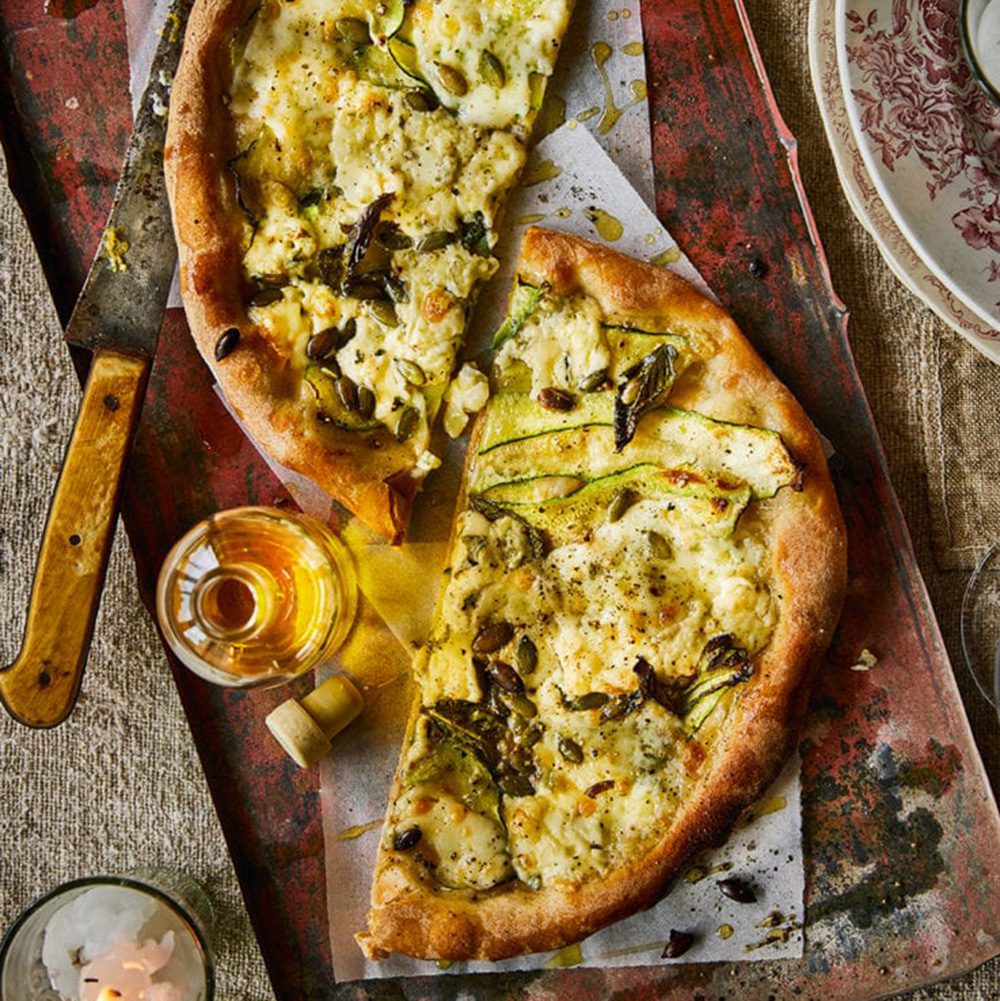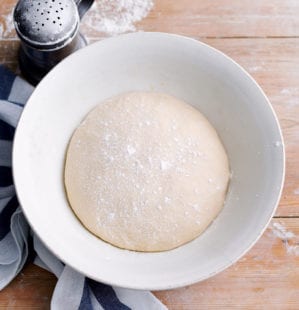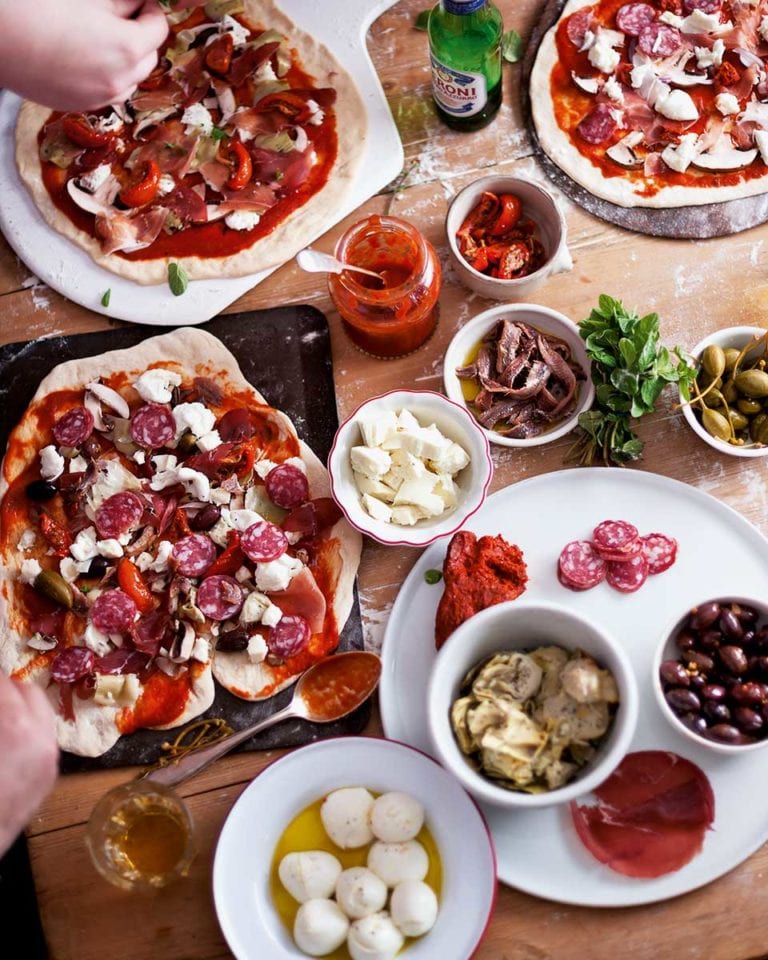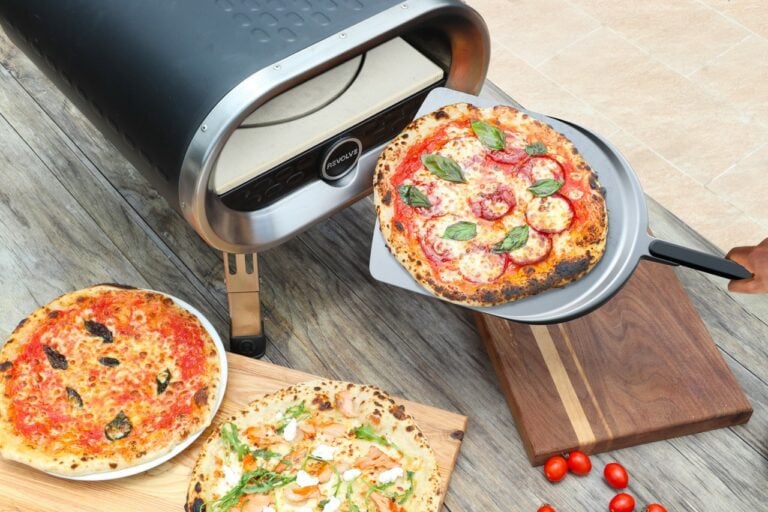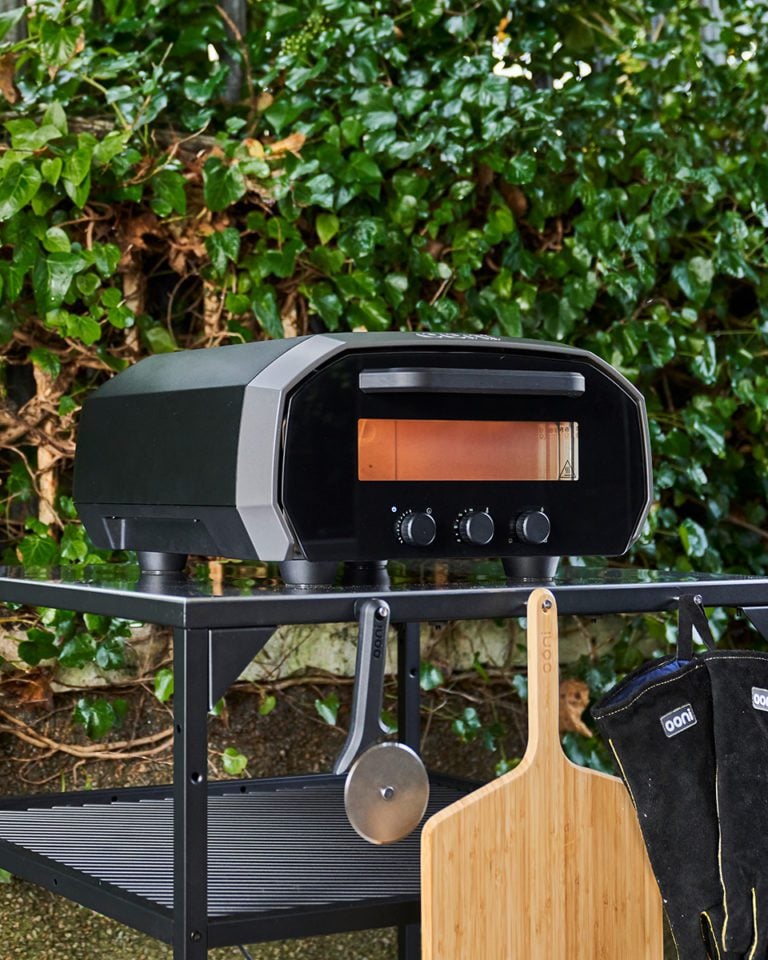How to get the most out of your pizza oven
Proud owner of a pizza oven? You’re closer than you’ve ever been to the best homemade pizza of your life – but there are a few pizza oven fundamentals worth understanding before you start shaping that pizza dough.
To get the most out of a pizza oven you need to know how to use it like a proper pizzaiolo. We enlisted brothers and pizza van owners Matt and Phil Teeman to share their top tips – plus their secret pizza sauce recipe.
This guide covers everything from why using a pizza oven makes a such a difference in the first place – and why it’s better than a regular oven – to what temperature it should reach and how long a pizza should take to cook in a pizza oven. Plus: expert advice on working with pizza dough, managing different pizza oven fuels and the best cheese to use for stringy-melty pizza perfection. Let’s get cooking!
Take a food lover’s tour of all 20 Italian regions with delicious. No flights necessary!
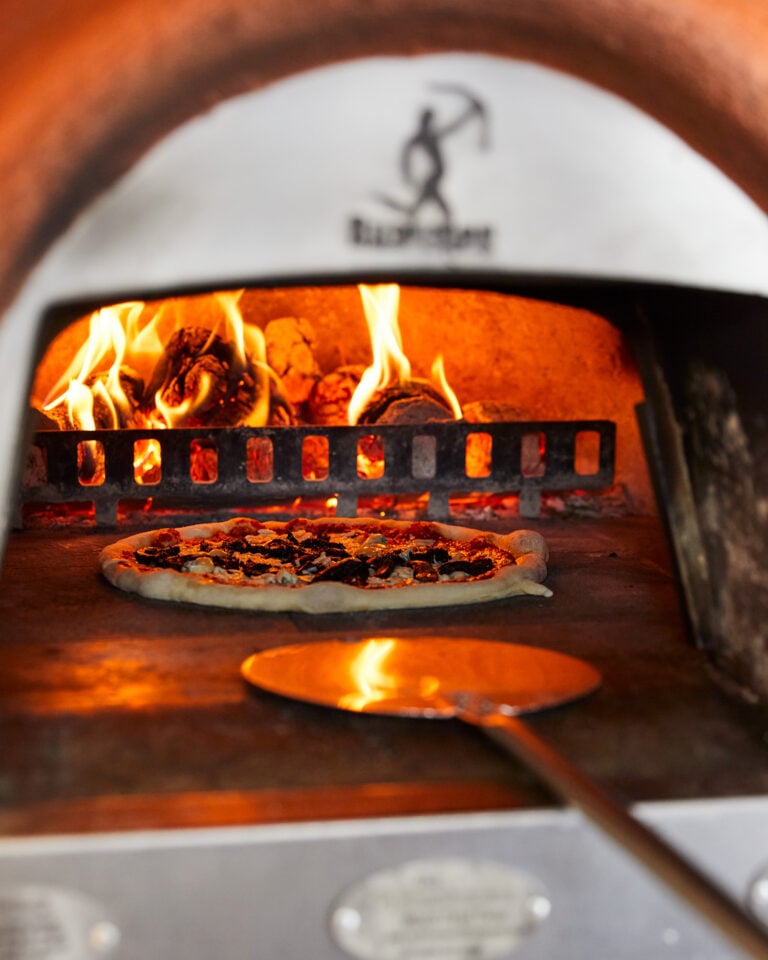
- Why do I need a pizza oven?
- Pizza oven basics: dough, heat & prep
- 5 top tips for better pizza oven cooking
- Matt’s ultimate tomato sauce for pizzas
- Pizza topping inspiration
Meet the pizza oven experts
Pizza ovens used to be something you either built yourself (we’ve got a guide on that too!) or bought at great expense from a commercial supplier. Then came the likes of Ooni, Gozney and the rest – domestic pizza ovens that suddenly unlocked proper pizza cookery in back gardens everywhere.
But while the plug-and-play setup of these modern pizza ovens is simple, there are some skills to master when it comes to using them. Brothers Matt and Phil Teeman set up Sommipizza in 2020, near Sevenoaks in Kent, with a beautiful truck housing a magnificent wood-fired oven named after their Anglo-Italian mother. After gaining their accreditation from Accademia Pizzaioli (so they certainly know their stuff), they now sling thousands of pizzas out of their little van at festivals, events and pop-ups around the country. Who better to share the tricks and quirks of pizza-making?
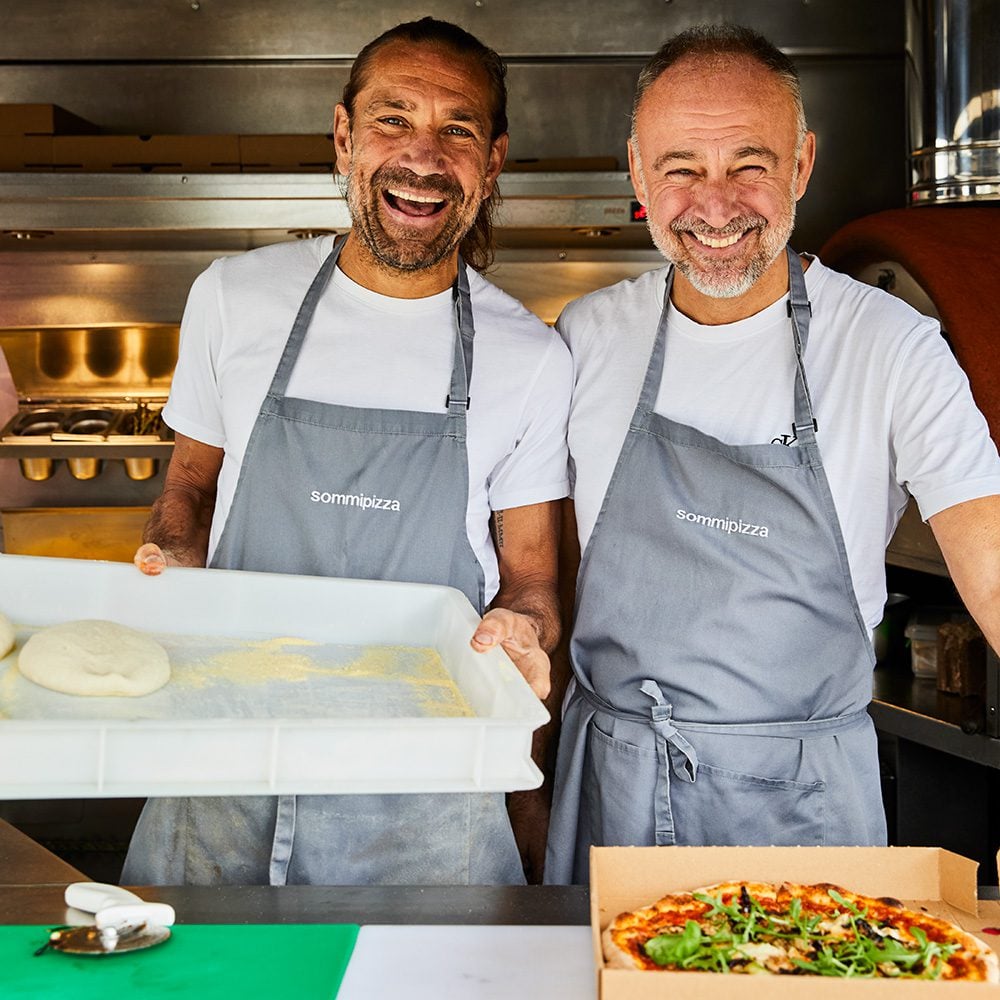
Why do I need a pizza oven?
It all comes down to temperature. Domestic ovens can usually only get up to 240°C – and proper pizza needs to be cooked at a minimum of 350°C. Most pizza ovens have a stone on the base, which is gradually brought up to 350-500°C before a pizza even touches it. You need this fierce heat to properly puff the dough, give it a charred crust (known as the cornicione) and flash the toppings with enough heat to just cook them. Most pizzas can be cooked this way in less than two minutes – a domestic oven takes more like 10-12, by which time everything has dried out.
Browse our tried-and-tested pizza oven reviews →
No pizza oven yet? Try our frying pan pizza method →
Getting the pizza oven basics right
The dough
“The first question we ask each other in the morning is, ‘How’s the dough today?’” says Matt. “It’s the most important part of making a pizza. If the dough isn’t proved enough or overproved, it will stretch and cook differently; if it isn’t right, cooking the pizza suddenly becomes a difficult experience. There are loads of different recipes for pizza dough, all producing different results – ours is 58% hydration (so 580ml water to 1kg flour), which is drier than Neapolitan-style dough but it gives a crisper base that’s easier to work with.” Make your pizza dough →
Fire and heat
“You can use an infrared thermometer to check the heat of the stone from a distance,” says Matt. “It takes time for the stone to get up to temperature. It’s quicker with a small gas oven – around 20 minutes – but larger or wood-fired ovens take a few hours. Once it’s hot enough, keep an eye on the flame – the bigger it is, the more quickly toppings will burn. If you’re using wood, wait for the flames to die down naturally; if you’re using gas, turn the flame to low once your stone is up to temperature for a more even cook.”
Preparing your working area
“Give yourself enough space to work,” says Matt. “A table next to your oven means you can lay out the toppings and have areas for stretching the dough and putting the cooked pizzas. You need to get a production line going, so an extra pair of hands helps. You don’t want to be working on one pizza while you let the previous one burn in the oven.”
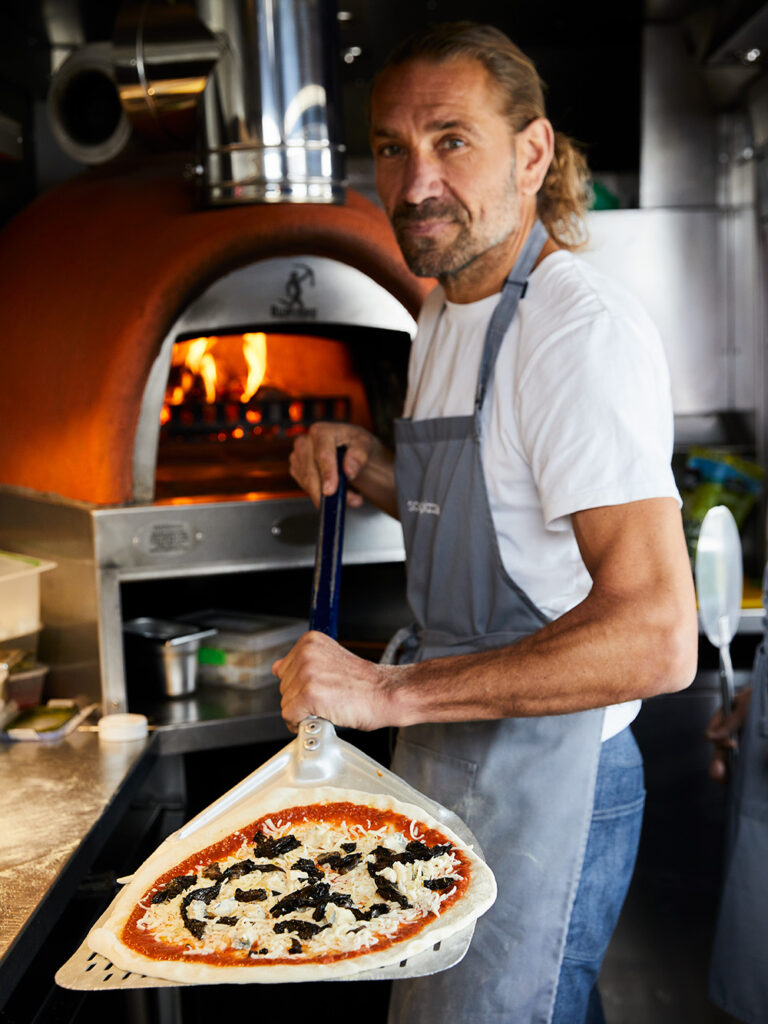
5 top tips for better pizza oven cooking
- Have some fine semolina to hand whenever you’re stretching or building your pizza to prevent sticking. It’s coarser than flour, so won’t burn as quickly in the oven.
- Build your pizza on a semolina-dusted work surface, then transfer to a (semolina-dusted) peel or pizza paddle. If you build your pizza on the peel, it’s more likely to stick as you try to launch it into the oven – and that is so frustrating!
- Go light on toppings. Overloading a pizza risks it turning doughy in the centre. It’s better to have two lightly topped pizzas than a single overburdened one.
- When stretching out the dough, try to push the air out into the edges and keep it there – for that light, puffy crust.
- Fresh balls of mozzarella contain a lot of liquid, so use little cubes of ‘cooking’ mozzarella instead. If you only have fresh, chop it, then wring it dry in a tea towel first.
Matt’s ultimate tomato sauce for pizzas
Makes enough for 15 pizzas. Hands-on time 10 min
Whizz 3 x 400g tins of plum tomatoes, 1 tsp dried oregano, 1 tbsp extra-virgin olive oil, 17g salt, 1 tsp caster sugar, a pinch of black pepper and 5-7 basil leaves in a food processor until smooth (or use your hands to crush the tomatoes into a pulp). It freezes well.
Pizza topping inspiration
Dough, sauce and cooking method mastered? It’s time to get creative with your toppings. Browse our 70+ ideas, from courgette and blue cheese (below) to fig, pancetta and burrata.
Subscribe to our magazine
Food stories, skills and tested recipes, straight to your door... Enjoy 5 issues for just £5 with our special introductory offer.
Subscribe
Unleash your inner chef
Looking for inspiration? Receive the latest recipes with our newsletter
